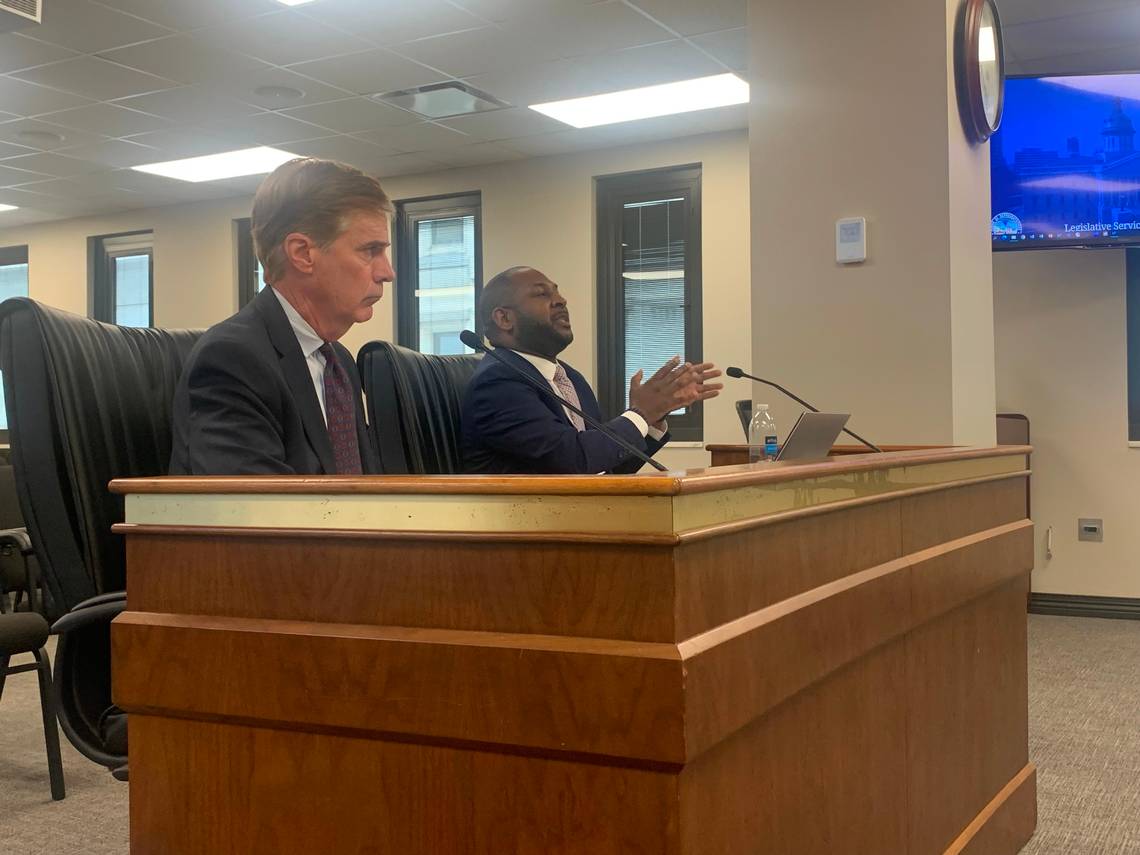When a taxpayer’s private financial woes become public, especially to their employer with the issuance of an IRS wage garnishment order, the taxpayer is left with a sense of vulnerability that can only be relieved by resolving the situation as quickly as possible. Even though there are employee protections in place to keep an employer from retaliating against an employee for having a wage garnishment issued, it seems inevitable that your client will worry that this turn of events will harm their career with the company.
Through the People First Initiative, the IRS placed a moratorium on the issuance of new wage garnishment orders from April 1, 2020, until July 15, 2020. Those taxpayers who already had wage garnishments in place could contact the IRS and request that their current wage garnishment be postponed due to the COVID-19 pandemic. When requesting the postponement, the taxpayer may have needed to furnish documentation, confirming they are experiencing economic hardship due to COVID-19.
Collection enforcement is on the mind of the IRS. Before the current pandemic brought the world to a standstill, the Commissioner of IRS’s Small Business/Self-Employed Division, Eric Hylton, announced in a press call in February 2020, that over 800 new employees will be added to their tax collection phone line. There is no guarantee the IRS will extend the wage garnishment provision in the People First Initiative. Meanwhile, U.S. households continue facing economic hardships that have not been seen since the Great Depression. A wage garnishment can be the tipping point that sends a taxpayer’s finances and household into a tailspin.
Wage Garnishment Basics
Part of providing a vigorous defense for a client whose wages are being garnished is having an understanding of the IRS wage garnishment process. Wage garnishments are a type of continuous levy[1] or seizure that serves two purposes: recovering the outstanding tax liability due and getting the taxpayer’s attention to the seriousness of their situation. In addition to wages and commissions (including wages that have been earned but not received as of the date the order was served), garnishment orders can be issued to customers of independent contractors who have an overdue tax liability that has not been resolved.
Generally, wage garnishments are not the first line of action the IRS will take when collecting past-due income taxes. Before a wage garnishment is ordered, the IRS is required to send several notices, including a notice of assessment of tax and demand for payment, a notice of a right to a hearing, and the final “warning shot,” a notice of intent to levy. All notices will be mailed to the taxpayer’s last known address on file, which is an excellent reason to encourage taxpayers to keep their address current with the IRS. After all, the last thing a taxpayer wants to deal with is a wage garnishment or any other sort of levy or seizure.
Once the IRS decides to issue a wage order, they will send the taxpayer’s employer or customers (if the taxpayer is an independent contractor) Form 668-W(ICS) or 668-W(C) D.O. The IRS does not send a copy of this notice to the taxpayer. It is up to the taxpayer to request a copy of the order from their employer, and if your client has not done this already, it is essential they request a copy of the order as soon as possible. This notice notifies the employer that they are required (ordered) to begin garnishing the wages/payments of the affected taxpayer.
Employers generally have at least one full pay period to begin garnishment, and they do not want to ignore or drag their feet on implementing the order in an attempt to help their employee. Employers who fail to submit wages that are to be garnished timely may be required to personally pay the amount that should have gone to the IRS. Additionally, the employer may also be assessed a penalty equal to 50 percent of the wages that should have been remitted. The employer will give the affected worker a Statement of Dependents and Filing Status, provided by the IRS, that must be filled out, signed under penalty of perjury, and returned to the employer within three days. The information provided on this form will determine how much of the wages will be exempt from garnishment. The following information is provided by the taxpayer:
- Filing status as it appears (or would appear if there is a change of marital status or the taxpayer can file Head of Household) on their individual income tax return.
- Number of dependents the employee may claim on their individual income tax return, as well as the relationship the employee has with the dependent (child, stepchild, parent, sibling, etc.).
- The number of additional standard deductions the employee and their spouse are entitled to on their individual income tax return due to being age 65 or older or blind.
Each dependent must have a valid Social Security number. The only time the employee does not need to provide a Social Security number is if the dependent is an infant under six months old. If this statement is not filled out and returned within three days, the exemption amount will be calculated using married filing separately as the taxpayer’s filing status with no dependents.
The employer takes the information above and applies it to the tables provided by the IRS in Publication 1494, Tables for Figuring Amount Exempt from Levy on Wages, Salary, and Other Income, to determine the total wages that are exempt from levy. There are different tables for each filing status, and each table determines the total wages the employee can keep based on the number of dependents claimed and the frequency in which the employee is paid.
Generally, the IRS does not garnish all of a taxpayer’s wages. However, if the taxpayer has more than one job (which many people do), the IRS may garnish all of the wages from one employer. The IRS will collect all of the income received from any additional payments, such as bonuses or incentive pay, which the taxpayer receives during the garnishment period. It is essential to discuss with your client as soon as possible that the total of any bonuses or incentive pay they receive while the garnishment order is still in effect will be forwarded to the IRS, up to the total tax due, including penalties and interest.
Wage Garnishment Representation Basics
Once a wage garnishment starts, it generally does not stop until the debt is paid in full. Other ways a garnishment can be released are:
- The statute of limitations on the collection of the tax due has ended. Generally, the IRS has 10 years from the date the tax is assessed to pursue collection. Obtaining a Record of Account Transcript or Tax Account Transcript (depending on how old the tax liability is) will aid in determining the collection statute of limitations date. Keep in mind that several actions can suspend the collection statute, such as requesting an installment agreement or offer in compromise, serving in the Armed Forces on active duty, requesting a collection due process hearing, etc. Because there are various reasons why the statute can be suspended, it is key to confirm the collection statute of limitations date with the IRS representative assigned to the case.
- Making other arrangements with the IRS to pay the taxes that are due, such as an installment agreement or offer in compromise. Unless the taxpayer is experiencing severe economic hardship, entering into an installment agreement may be the quickest way to release a continuous wage levy.
- If releasing the levy will facilitate the collection of the debt.
- If the garnishment is creating an economic hardship, the taxpayer may qualify for Currently Not Collectible status. Generally, taxpayers will need to show proof that the garnishment is creating a severe economic hardship by submitting a completed IRS Form 433, Collection Information Statement.
A severe economic hardship is one where the levy is preventing the taxpayer from being able to pay for their reasonable living expenses. The IRS is required by Code Section 6343(e) to release a continuous wage levy as soon as it is practicable if it is determined that a taxpayer qualifies for currently not collectible status. Furthermore, if a taxpayer qualifies for currently not collectible status and has outstanding returns to file, the IRS may not withhold the release of the levy until the returns are prepared and filed.[2]
A request to release a wage garnishment can be made either in writing or by phone. The request should be made to the district director for the IRS district where the levy originated. Generally, the IRS has thirty days to respond to this request. Denials of wage levy release requests may be appealed.
Having a wage garnishment order issued is frightening. Trying to navigate through the process alone can be intimidating to the point where the taxpayer just gives up and accepts their fate. As tax practitioners, we have an opportunity to not only provide empathy and the skills to resolve the matter with the IRS, we can also empower our clients by helping them understand the IRS process. Our clients hear many horror stories about wage garnishments, and some of the tales are frighteningly true. However, a taxpayer’s liability does not have to get to this point. Offering guidance on how the system works and when to call for help can turn a taxpayer’s oncoming tragedy into a success story.
=========
[1] IRC §6331(e)
[2] Kathleen A. Vinatieri v. Commissioner, 133 T.C. No. 16, (Dec. 22,2009)
Thanks for reading CPA Practice Advisor!
Subscribe Already registered? Log In
Need more information? Read the FAQs
![11811656013738103981_11118416[1]](https://www.cpapracticeadvisor.com/wp-content/uploads/2020/08/11811656013738103981_11118416_1_.5f248454ba2d5.png)
![Arnold-van-Dyk[1]](https://www.cpapracticeadvisor.com/wp-content/uploads/2022/04/Arnold_van_Dyk_1_.5f2483916bfe2.png)


